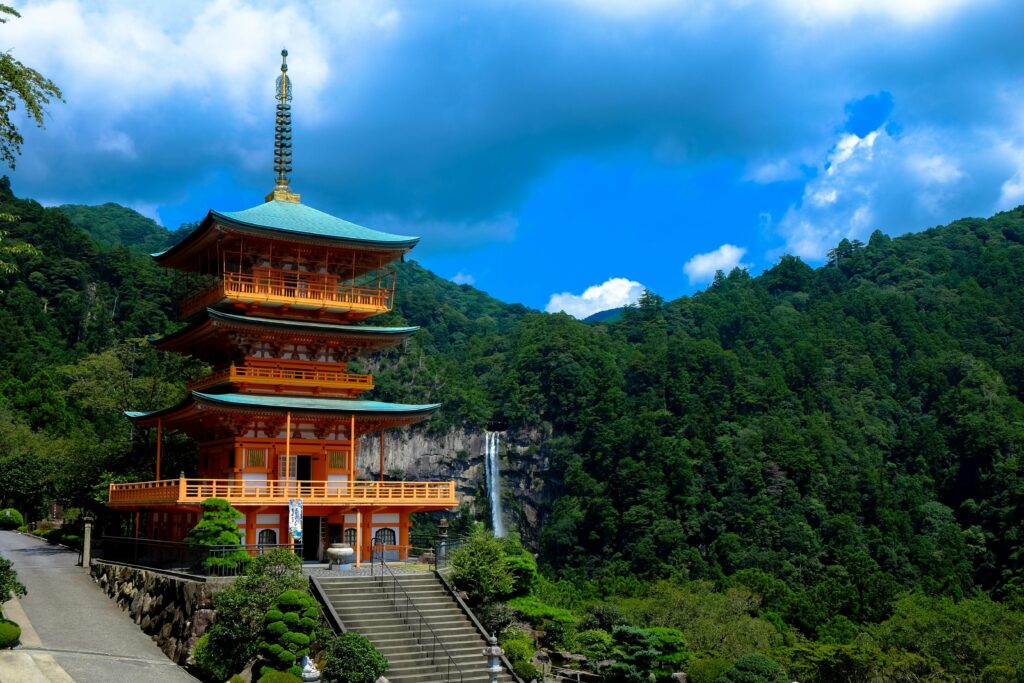|
Getting your Trinity Audio player ready...
|
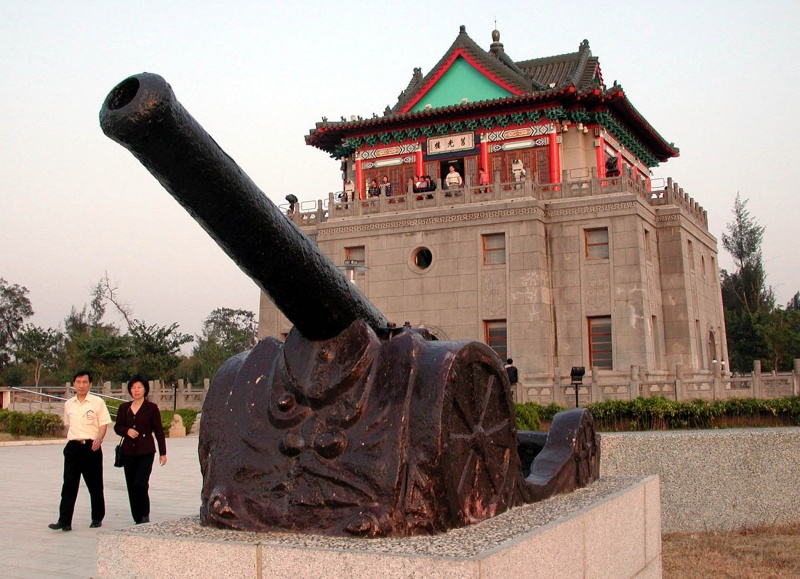
Taiwan is East Asian hidden treasure. There is a great amount of natural and cultural legacy just waiting for your exploration. Taiwan has something for every kind of visitor, from the vibrant culture to the breathtaking surroundings.
Since they are significant for safeguarding Taiwan’s natural and cultural legacy, UNESCO has designated a number of sites across the island as World History Sites.
These sites highlight Taiwan’s distinctive rock formations, extensive array of species and flora, and rich cultural legacy. The beauty of these locations and their significance for civilization will astound you.
Do you want to know the most visited UNESCO heritage sites in Taiwan? – then keep reading this article.
Contents at a Glance
1. Penghu Columnar Basalt Nature Reserve
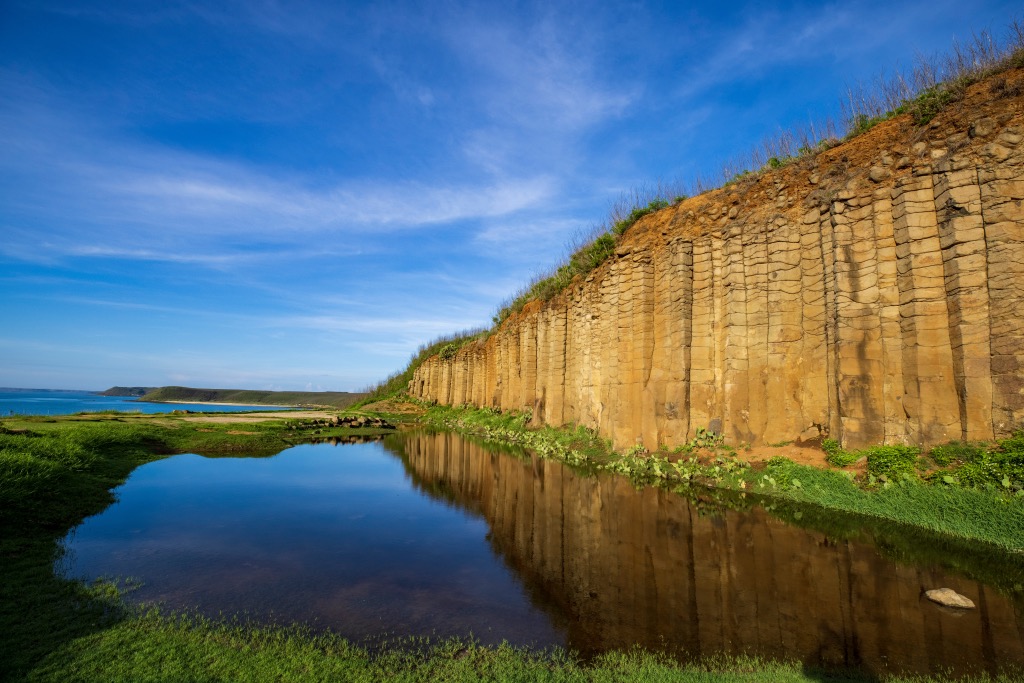
The Penghu Columnar Basalt Nature Reserve’s unusual landscape reminds one of Ireland’s Giant’s Causeway. It features sharply formed boulders covered in crimson sand that resemble those of Mars.
Though they are really a legacy of the volcanic activity that created Taiwan and the surrounding islands, people may immediately have wild ideas about what these unusual basalt columns mean.
Lava erupted from Earth’s crust transformed into odd-shaped rocks in the chilly ocean water. The columns are now difficult to replicate in form or shape after being subjected to the sun’s rays and battered by wind and rain over ten million years.
In the low tide, the 30.87 hectare nature reserve houses the Xiao Baisha (“Little White Sand”), Jishan (“Chicken Gizzard”), and Dinggou (“Spindle Hook”). The adjacent Kuroshio Current gives the area plenty of maritime resources.
Among the many migrating birds these sites attract are Peregrine Falcons, Little Terns, Rock Egrets, and Roseate Gulls. Fascinatingly, up to 21% of the seasonal chicken population consists of “lost” birds—that is, those that have veered off course and briefly found themselves in Penghu.
2. Cilan Forest Recreation Area

Still standing in the Cilan Forest Recreation Area is a log home belonging to Chiang Kai-shek, the first president of the nation and military chief of staff.
The 45,000-hectared Cilan Mountain Cypress Forest is home to some of the strangest species on Earth. About 1,200 meters above sea level, the remote area boasts high hills and deep valleys.
Birds, mammals, reptiles, insects, and trees growing apart from the rest of the world abound here. For instance, 14 vascular plants survived the glacial era.
Averaging 5,000 mm of rain annually has also produced a mist covering the mountain tops all year, adding to its mystique beauty and seem to be unreachable heights.
On Cilan, there are sixty-two more than 400-year-old cypress trees. Considered as the “Sacred Woods,” they are the eldest occupants. Taiwan Hinoki Cypress (Chamaecyparis taiwanensis) and Taiwan Red Cypress (Chamaecyparis formosensis) call the forest home.
Additionally found there is a protected thistle plant (Cirsium albescens), whose big white flower head is seen on all NT$1,000 bills. The cypress trees are named for significant Chinese leaders from the past in respect of their hallowed character.
Every name corresponds to a tree the appropriate age for the human existence. Sima Qian, the historian; Chu Hsi, the philosopher; Bao Zheng, the judge; Yang Guifei, the imperial consort. But Confucius, the 2,560-year-old cypress named for China’s most eminent thinker and teacher, receives the most honorable prize.
3. Datun Volcano Group
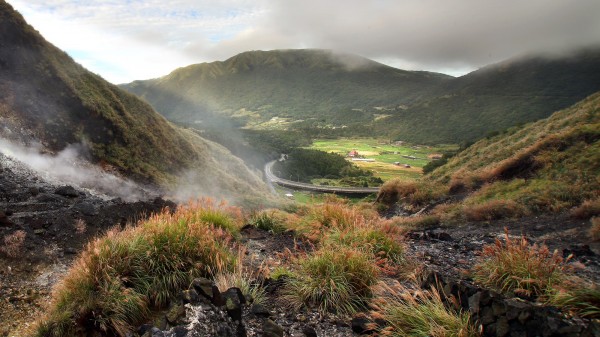
On the northern end of the Taipei valley, Yamingshan National Park includes the Datun Volcano Group. It covers about 11,455 hectares. Between 2.8 million and 2.5 million years ago, this collection of about 20 volcanoes erupted for the first time.
About 800,000 years ago, the second eruption occurred larger than the previous one; until 200,000 years ago, no additional eruptions occurred. Therefore, the volcanoes are currently inactive.
Along with the rain, wind, and sun, several asteroids slamming against one another and volcanoes erupting have sculpted the ground in this region.
The various terrain of Datun have created a special environment with a great variety of native species like the highly endangered Formosan blue magpie and the leek-looking plant known as the Taiwan quillwort.
The area boasts 48 lizard species, 21 amphibian species, 120 bird species, and 191 butterfly species. In 2003, the area was selected among Taiwan’s eighteen potential World Heritage Sites since it is crucial for research and preservation of natural resources.
Because Taipei’s Mountain resort provides a range of activities and year-round scenery, locals still enjoy it. Cherry blossoms abound in the spring; in the summer they may stroll along a trail to cool down; in the fall they can view a sea of silver grass; in the winter they can soak in hot springs.
You may also like: Best Hotels in the Metropolitan City of Doha – Qatar
4. Paiwan & Rukai Settlements of Slate Constructions
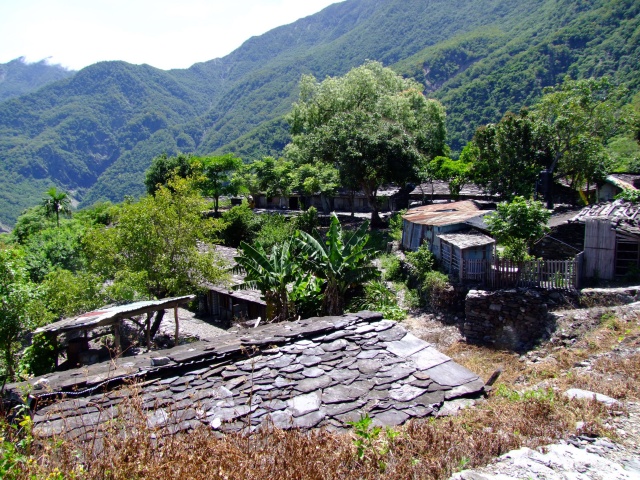
The Paiwan and Rukai communities clearly had a caste structure made up of working class, nobility, and royalty. More crucial, though, was their adherence to the so-called “house society” model. Accordingly, everyone born under the same roof was related and a part of the house family. The house’s name is then the last name.
Given the house complex’s prominence, it seems sense why they would have gone to tremendous efforts to finish every building in their hometown.
The Paiwan-style slate building was constructed from stones from the stream and timbers from the adjacent forest.
Two-hour walks from the Chijia River let residents of Laochijia Village obtain nice stones. The building materials would be delivered to the residents, who would then sand the stone slabs, clear the ground, apply mortar to the walls, install an ancestral pillar, and stack stone slabs atop one another in a manner that gave the slabs fish scale appearance.
Frequently Asked Questions
1. What is the most popular UNESCO Heritage site in Taiwan?
The most popular UNESCO Heritage site in Taiwan is the Penghu Columnar Basalt Nature Reserve.
2. What is the most visited UNESCO Heritage site?
Having an average of 15 million visitors a year, the Forbidden city is the most visited UNESCO Heritage site in the world.
3. Which country has the most UNESCO Heritage sites?
Italy, with a total of 59 UNESCO Heritage sites.
Conclusion – The Most Visited UNESCO Heritage Sites in Taiwan
The distinctive natural and cultural legacy of Taiwan is displayed in the UNESCO Heritage Sites on that island.
From the breathtaking landscape in Penghu Columnar Basalt Nature Reserve to the vibrant culture in Paiwan & Rukai Settlements of Slate Constructions, every location offers you a new perspective on Taiwan’s history and natural beauty.
Emphasizing the great variety of plants and animals on the island, the Cilan Forest Recreation Area and the Datun Volcano Group highlight the need of preservation of these resources.
Whether your interests lie in history, environment, or just leisure travel, Taiwan’s UNESCO Heritage Sites provide something for everyone.

